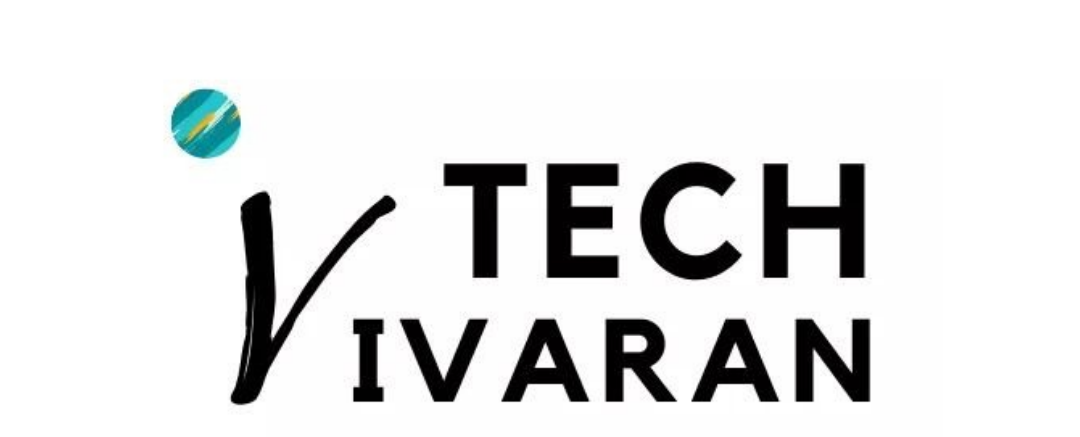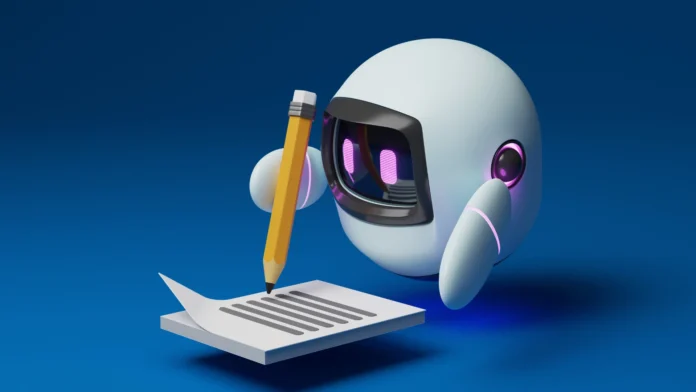Generative Artificial Intelligence (Generative AI) is a step forward in a world where technology is always getting better. It is changing the way people make material and solve problems. This cutting-edge type of AI can create new material that sounds and acts like it was made by a person, going beyond the limits of normal programming.
Examples of Generative AI in motion, such as OpenAI’s GPT-3 and Google’s DeepDream and DALL-E, show how powerful it is in many areas.
Generative AI encourages creation by giving machines the ability to come up with ideas and make content on their own. Generative AI, on the other hand, doesn’t have to follow set rules. Instead, it uses huge datasets to make material that is both original and relevant to the situation.
This game-changing technology has a lot of potential, with benefits ranging from more personalized experiences for customers to faster ways to make content.
Benefits:
1. Let Your Creativity Out
Generic AI lets machines think outside the box, which boosts creativity in areas like art, design, and making content. In fields where new ideas are important, it’s useful because it can come up with new material and ideas on its own.
2. Personalization and making changes
Generative AI is going to change the way e-commerce and marketing are done. Its ability to figure out what users like and make personalized material makes them more interested in buying. This technology changes the way businesses connect with their customers in huge ways, from personalized product suggestions to changing the ads themselves.
3. More work getting done
The main idea behind Generative AI is automation, which makes many areas more efficient. It gets easier to make content, like writing articles and making images. This lets businesses use their resources better and be more productive overall.
4. Getting around and translating languages
The fact that generative AI is very good at processing normal language has a big effect on how people around the world talk to each other. To make interactions between people around the world easier, it breaks down language barriers by providing accurate translation and understanding.
Examples:
1. The Generative Pre-trained Transformer 3 (GPT-3) from OpenAI
GPT-3 shows what Generative AI can do with natural language analysis. Because it is so flexible, it can write text that sounds like it was written by a person, write code, answer questions, and even write poems. Businesses can use GPT-3 to organize the process of making content, which saves them time and money.
2. Google DeepDream
Google’s DeepDream shows how Generative AI can be used to handle images. By figuring out and improving patterns in current images, DeepDream makes beautiful, dreamlike pictures. The creative and design businesses will be affected by this new idea.
3. The movie DALL-E by OpenAI
DALL-E brings Generative AI into the world of making visual material. This model can make pictures based on written descriptions, which is a new way to tell stories visually and make content. It can be used for everything from ads to graphic design.
Conclusion
Generative AI is not just a new piece of technology; it’s a big change in how we think about creativity and fixing problems. Its benefits, like boosting productivity and unleashing inspiration, can be seen in a wide range of fields.
As this technology grows, companies that use Generative AI will be able to lead the way in new ideas and operations that work better. It’s not just a choice to use generative AI; it’s a smart move toward a world where creativity has no limits.






